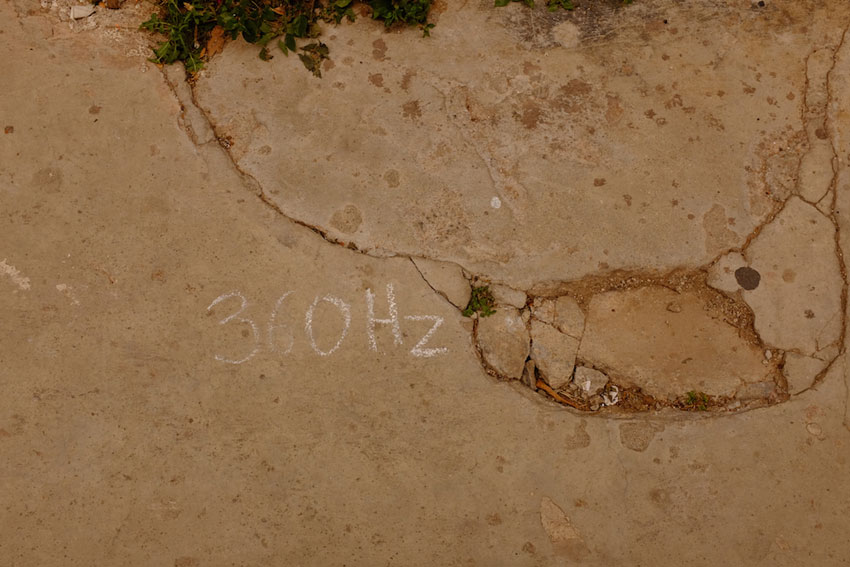
In November/December 2014 we had the chance to do a research trip to Valparaiso. On invitation of the Tsonami Festival and Goethe Institut Chile we spent 2 weeks at this highly interesting place and carried out a workshop and a seminar under the Tsonami’s 2014 topic “GEOGRAFÍAS AUDIBLES”. We hope to develop that collaboration further…
You can find plenty of documentation images on their facebook page >>>>
and on flickr >>>>
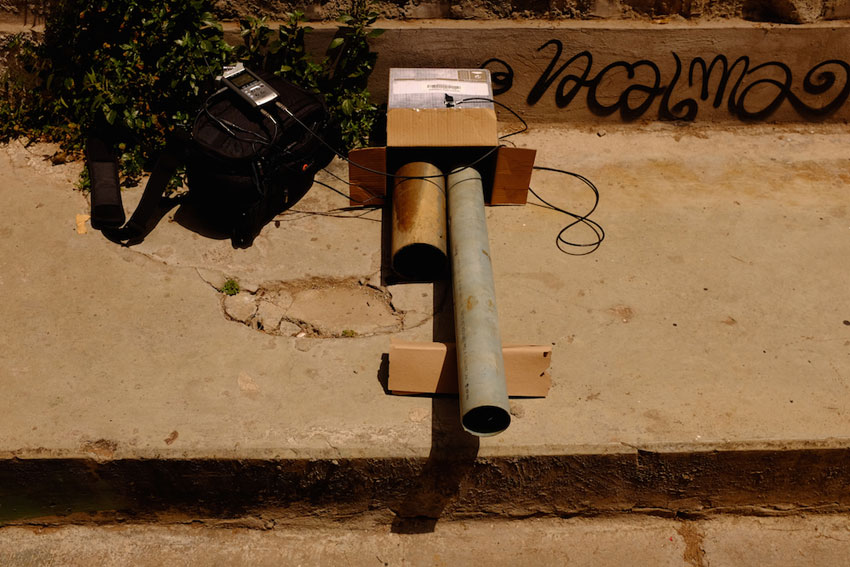
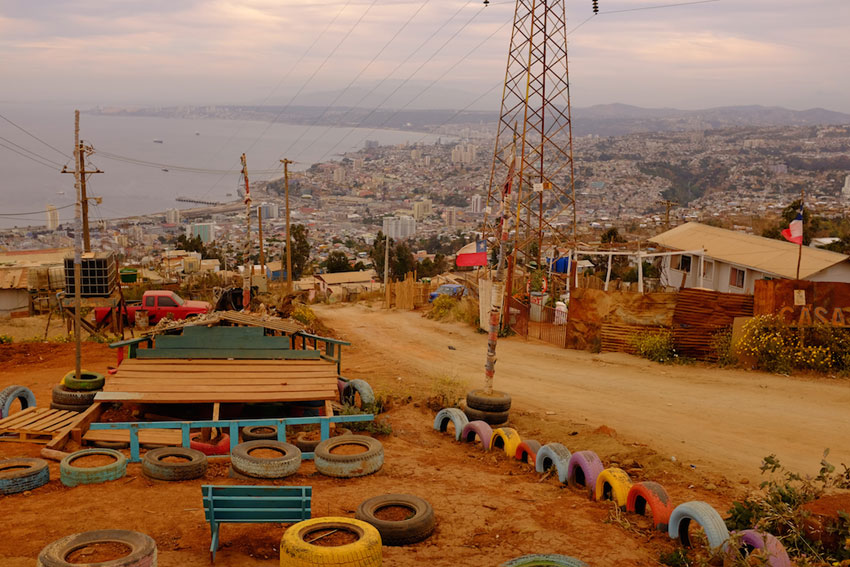
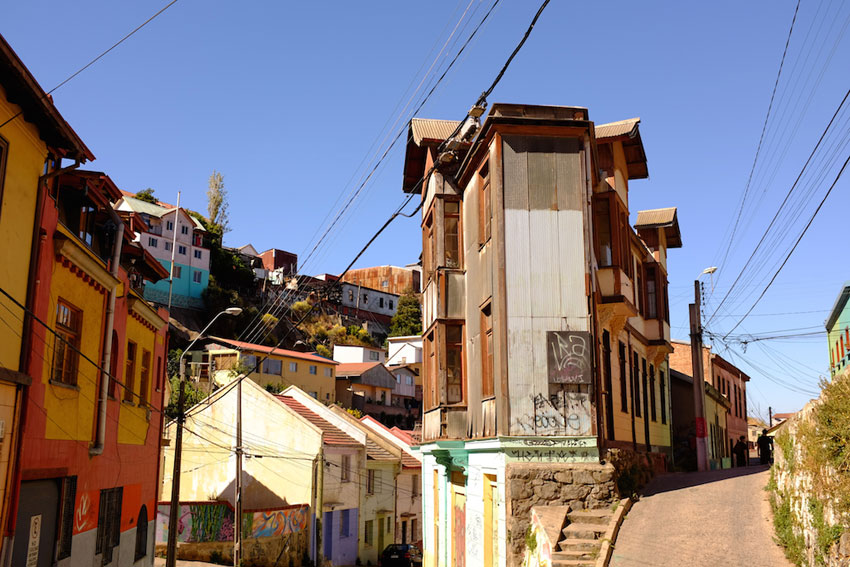
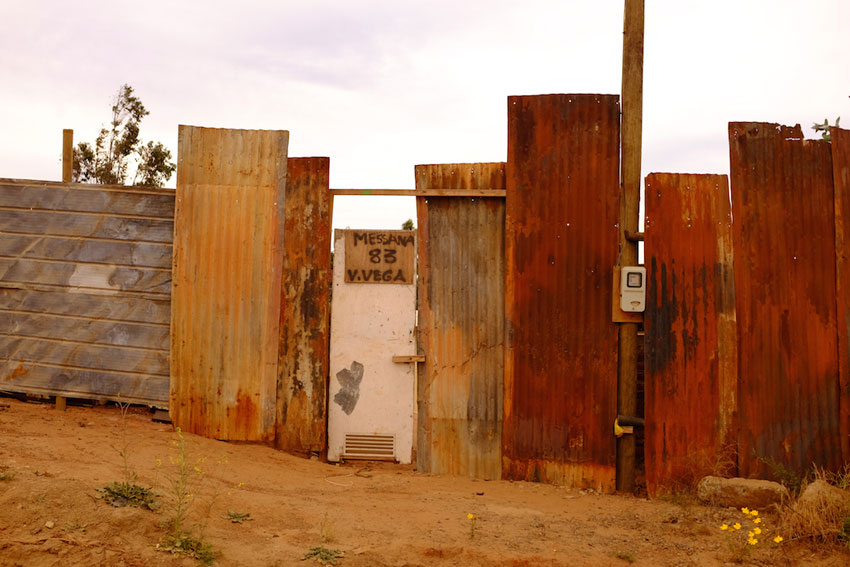
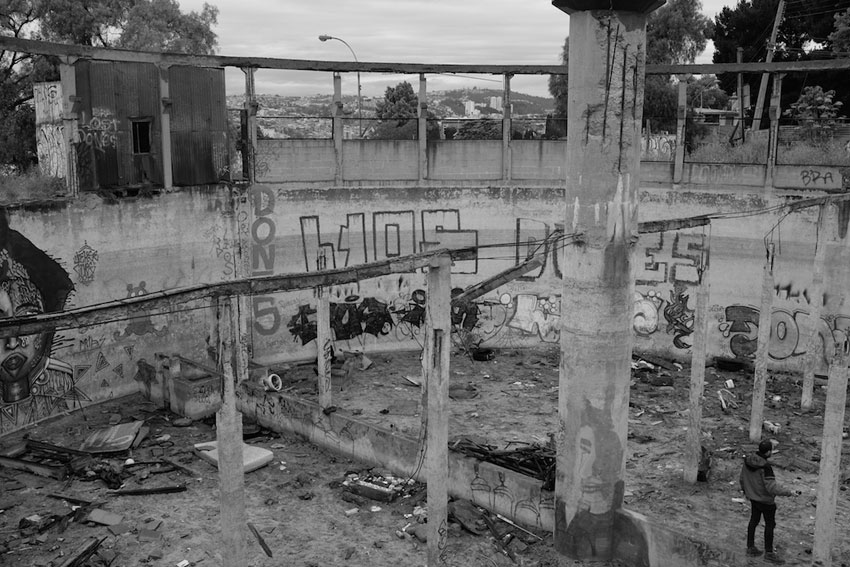
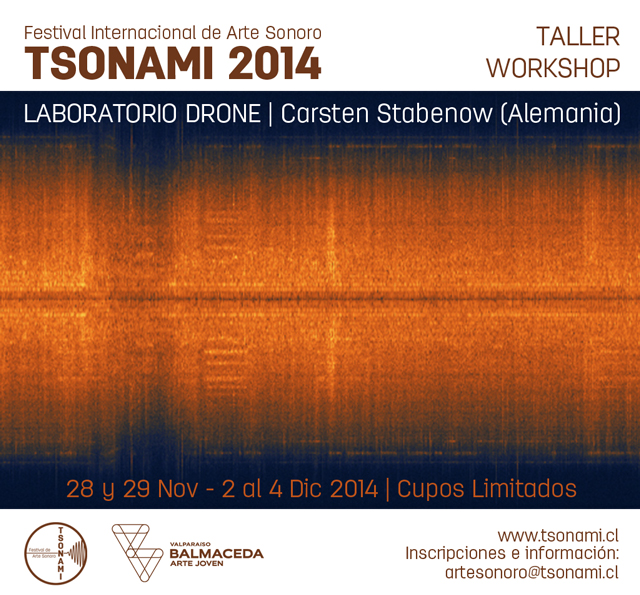
workshop description:
DRONE LAB
drone density mapping
In one electronic studio l was accused of black art, and the director disconnected line amplifiers to discourage my practices, declaring that signal generators are of no use above or below the audio range because you can’t hear them. Since all active processing equipment contains amplifiers, I found that I could cascade two pieces of equipment and get enough gain for my combination tones to continue my work, plus the addition of various amplifier characteristics as orchestration. I worked there for two months, and, for recreation, would ride my bicycle to the town power plant where l would listen for hours to the source of my newly-found powers.
Pauline Oliverros – Some Sound Observations, quoted after Audio Culture, Readings in Modern Music, ed. Ch. Cox and D. Warner, Continuum 2004, p.103
The drone has been fascinating not only since the music avantgarde in the 60s started to work with very minimal approaches in composition and people like La Monte Young, Jon Hassell, Terry Riley, Eliane Radigue, Pauline Oliveros, Annea Lockwood, Catherine Christer Hennix, Phill Niblock, Maryanne Amacher – to name just a few – explored intensively the potential of sustained or repeated sounds, notes and tone-clusters. In many parts of the world drone traditions can be found over a wide variety of genres and musical forms, from Scottish backpipe, Australian didgeridoo, Indian and Hindustani classical music using the tambura, Japanese gagku, Finnish joik or medieval European chants and organ music to many examples of classical orchestra compositions of the last centuries.
Long standing pure tones, slow movements and shifts, repetitions and layerings – on the edge between music and sound. What appears boring can unfold into fascinating complex and powerful experience over time if you focus and tune into the harmonic or monophonic effects, modulation, pulses and rhythmically beating frequencies, combination tones or psychoacoustic effects. Moving in these dense fields of sound, the slightest shift of position generates new overtones or you might tab from islands of silence into pockets of very high sound pressure.
Drones can be found in all ethnic or spiritual articulations as well as in all fundamental soundings of environment (natural and artificial) – from the point of physics even, everything vibrates and therefore can be said to exist as sound rather than merely „having a sound“.1
So what is called noise in the urban context is just a dense layer of vibrations – a different kind of harmony – hum of the city fabric. These sounds are material, context, social functions.
One approach to read the city could be to isolate and analyze these drones for the encoded information in order to understand it’s complexity – another approach would focus on a different mode of perception and listening to the embodied sounds of the city as a whole, to the dense layers and interferences, oscillations, hidden tunings, overtones and developments, murmurs and rumors. Proposing a way of (affective listening and) subconsciously grasping and understanding a locatedness via sound – or as La Monte Young calls it ‚meta-music‘.
This workshop will explore the city by drones and examine the city across the frequency band, below and above the thresholds of listening. We will use a variety of devices and methods for the examination of the city. Those could be devices which exist or are invented to sense, investigate, identify, collect and map down drones of any kind. We’ll amplify, reduce, walk, channel, layer, direct our findings, sometimes we’ll inject or trigger new agents.
The workshop will be a combination of practical exploration and theoretical reflection and will result in a collaborative installative/performative intervention under certain conditions in situ.
1 Marcus Boon, The Eternal Drone in Under Currents, The Hidden Wiring of Modern Music, Continuum 2002, p.64
—-
seminar description:
UNMAPPING
producing space – tuned city – methods and tactics of interacting with – and working in public space
“That’s another thing we’ve learned from your Nation,” said Mein Herr, “map-making. But we’ve carried it much further than you. What do you consider the largest map that would be really useful?”
“About six inches to the mile.”
“Only six inches!” exclaimed Mein Herr. “We very soon got to six yards to the mile. Then we tried a hundred yards to the mile. And then came the grandest idea of all! We actually made a map of the country, on the scale of a mile to the mile!”
“Have you used it much?” I enquired.
“It has never been spread out, yet,” said Mein Herr: “the farmers objected: they said it would cover the whole country, and shut out the sunlight! So we now use the country itself, as its own map, and I assure you it does nearly as well.
Lewis Carroll – Sylvie and Bruno Concluded: The Man in the Moon, 1889
Everything simple is false. Everything which is complex is unusable.
Paul Valéry
Mapping is about naming things, fixing down, defining, distinctions, drawing borders, freezing in. Maps are something presentable, a result, a product, but do they cover the experience, the atmosphere, the moment?
Clearly a byproduct of exploring, mapping is erasing constantly all the left white spots on geographic surfaces and terrains of knowledge.
Despite all practical functionality for orientation or as a tool to gain knowledge by redrawing and ordering information and of course certain esthetic aspects of abstract representation – maps transform/render the un-know, the hidden, the secret, the vision, the mysterious into plain fact. In a way they mark territory „discovered“, „taken” and „done“. What if everything is mapped, cataloged, archived, filed, ordered? Who is using that? Who is able to operate all the information? Maps of course serve as great abstraction and condensation of knowledge, but also as a basis of control and surveillance.
Artists are explorers. (Or should be.) Driven by curiosity or obsession towards the new, the unseen, heard and felt. One of the thrills of creation is taking risks, entering the beyond, being open to surprise. Not questioning the importance of an artistic idea, but the way to achieve it needs almost always to be invented. If an artist manages to take his audience in that vague terrain, this state of uncertainty, where things can go wrong, can fail – where there is no map, no plan providing safety – he is producing space instead of just reproducing space. In terms of working in urban public space this would mean to engage the audience with a place, make them discover and participate instead of consume.
This seminar will discuss critically certain ideas of artistic practice and their mediation in public space and will draw on specific examples of how to achieve a creative and productive state of uncertainty with positions, formats, interventions, … in the city which may shift perspectives of awareness and challenge our notions of order, disorder and planning.